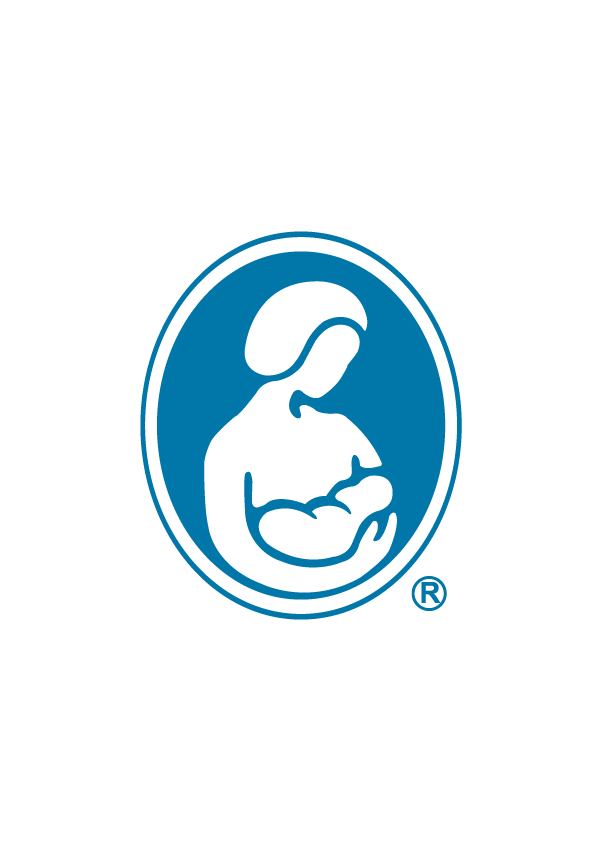

湿尿布:
宝宝出生后的第一天或第二天,每天可能只有一、两片湿尿布。
但会在接下去的2-3天内增加。
第4天后,婴儿应该每天至少有4片非常湿的尿布(如果使用布尿布则更多)。
到第6天,您的宝宝应该每天至少有6片非常湿的尿布。
排便:
婴儿在第一天或第二天会排出胎粪,这时宝宝排出的是墨绿色、柏油样的粪便。
到第三天,将转变为绿色的过渡性粪便。
到第五天,婴儿开始每天至少排便三次,每次至少有一个1元硬币(直径约2.5厘米)那么大。粪便通常非常稀,颜色为金黄色,常带有奶瓣。
五周后,婴儿排便频率可能会降低,但每次排便的量会增多。
婴儿体重:
体重减轻8%至10%对一些婴儿来说可能是正常的。但是,建议应由医护人员对母亲和婴儿进行观察,以评估母乳喂养的情况。

这里建议的体重增加是平均值;在喂养良好的前提下,一些婴儿增重会更多,而另一些婴儿会较少。
如果您的婴儿增重低于平均水平,您可以与国际母乳会(LLL)哺乳辅导或国际认证泌乳顾问(IBCLC)讨论增加乳汁摄入的方法。他们都可以提供改进含乳和/或增加奶量的建议。
在考虑补充配方奶粉之前,您可能希望对宝宝进行评估,以确定是否存在舌系带过短的可能。舌系带过紧可能会限制婴儿的舌头运动,使其更难获得足够的乳汁。

来源:国际母乳会中国图片库
频繁喂奶:
婴儿需要频繁的母乳喂养,通常每隔1.5至3小时喂奶一次。这个时间间隔指的是从这一次喂养开始到下一次喂养开始的时间。
婴儿通常在24小时内平均需要喂奶8到12次。早期频繁母乳喂养有助于建立您的奶量。
婴儿在第一侧乳房吃奶的时间可能较短,而在第二侧吃奶的时间可能更久,但也可能反过来。即使您的宝宝看起来已经喝饱了,每次喂奶时提供双侧乳房仍然很重要。
婴儿有自己的吃奶规律:
有些婴儿间隔吃奶的时间比较规律,
有些则非常不规律。
还有些婴儿需要密集喂食,这意味着他们经常吃奶几个小时,然后睡上好几个小时。

充足的奶量是建立在跟随婴儿发出的喂养“信号”上的,而不是靠定时喂养来实现。这些信号可能包括:
舔嘴唇
焦躁不安
寻乳(将头转向乳房)
或吃手。
哭泣是一种饥饿的晚期信号。
到第3天或第4天,您的乳房通常充满了乳汁。在快速吮吸几秒钟后,您的乳汁就会开始流出。此时您可能会听到规律的吞咽声。当然,许多妈妈从来没听到过吞咽的声音。
当婴儿在吞咽后呼气时,妈妈们经常会听到“咔”声或一股气流声。您也可以观察宝宝的下巴,看是否有吃奶的迹象。
吮吸时,婴儿的下巴会上下移动。当宝宝喝了一大口母乳后,吞咽时下巴会向下移动并有一段更长时间的“停顿”。
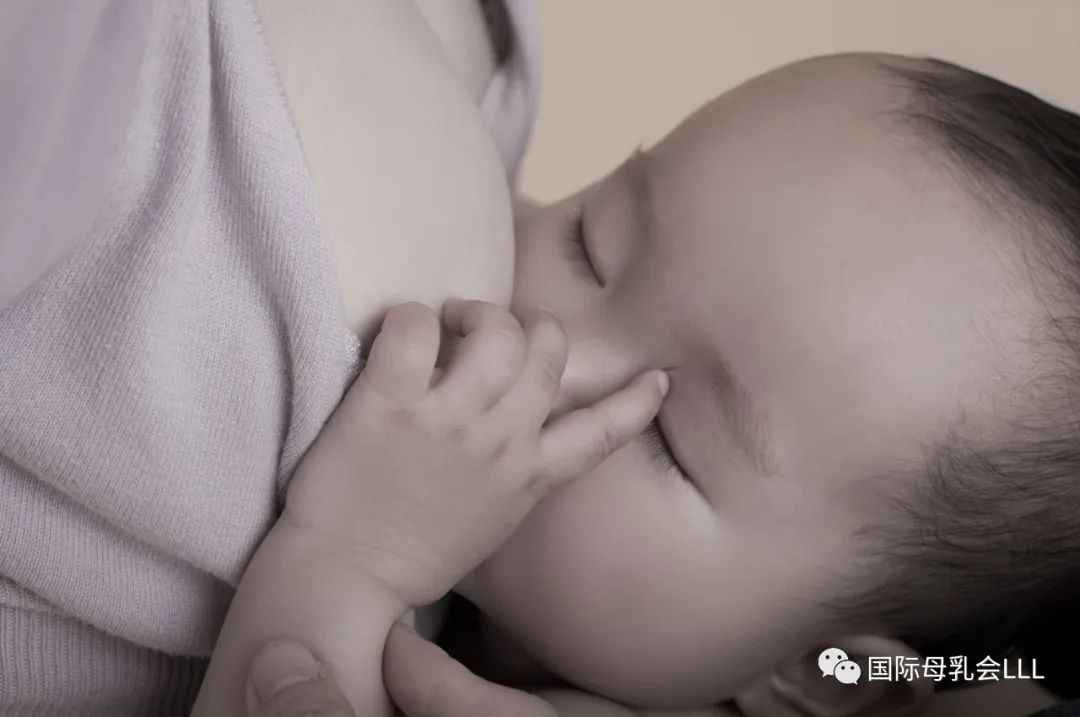
来源:国际母乳会中国图片库
通常,婴儿会休息几秒钟,然后继续这种“吮吸-下巴向下-暂停”的模式。如果宝宝喝了很多奶,您会注意到您的乳房变得更软或不太饱满了。
到第6天时:
宝宝的体重在增加。
宝宝在24小时内至少有6片湿尿布。
宝宝在24小时内有3-5次大便。
粪便至少有1元硬币那么大。
宝宝在不睡觉时会保持警觉和活跃。
喂奶后,乳房感觉更柔软。
当宝宝从一侧乳房吃奶时,乳汁可能从另一侧乳房漏出。
乳房突然显得柔软起来。一旦最初的胀满感消退,这是经常发生的情况。这并不意味着您没有产生足够的母乳;这仅仅意味着您供应的奶量已经适应了宝宝的需求。
在两次喂奶的间歇乳房不再漏奶。这是表明您的奶量已与宝宝的需求保持一致的另一个迹象。有些妈妈甚至在产后头几个月里还会继续漏奶;而有些人则很少有这种情况。漏奶与您产生的母乳量无关。
您的宝宝可能会经常哭闹。许多婴儿每天都有一段烦燥的时间,而这与饥饿无关。您将学习如何安抚您的宝宝。有些婴儿需要大量的刺激和活动,另一些则需要安抚和温柔的对待。如果烦躁的婴儿在您给他喂奶时平静下来,这表明他通过哺乳得到了安抚,而不是没有吃饱。 在每次观察到宝宝的喂养信号及时喂奶有助于满足宝宝的需求,并保持良好的乳汁供应。
您的宝宝会突然想要更频繁地喂奶,或者在喂完奶后不久好像又饿了。婴儿在出生后的头三个月(大约3周、6周和3个月时)里会经历几次“猛长期”。在这些时候,他们似乎想一直喝奶,这种情况会持续几天。这是婴儿促进母乳供应量以满足其需求的一种方式。
您的婴儿哺乳的时间突然缩短,吃每侧乳房的时间可能缩短至5分钟左右。随着婴儿月龄的增长,他们可以更有效地吸出乳汁。这是一个表明母乳喂养顺利的好的迹象,只要婴儿的体重在预期范围内增加即可。
有时候,由于健康问题或其他并发症,婴儿并没有表现出适当的体重增加的所有迹象。如果您对奶量或婴儿的状况感到担忧,请寻求帮助。父母经常能注意到别人不会注意到的细微变化。
国际母乳会哺乳辅导可以为您提供所需的信息、支持和鼓励,以实现您的婴儿喂养目标。欲了解更多信息,请访问www.muruhui.org 。 如果您的婴儿体重增长缓慢,请让医生、助产士或护士检查您的婴儿是否有健康题。 他们可以观察婴儿在妈妈乳房上吃奶的状态并提出建议。或者他们会将您转诊至IBCLC进行哺乳咨询。您的宝宝可能需要经常称重,来验证这些建议是否有效。
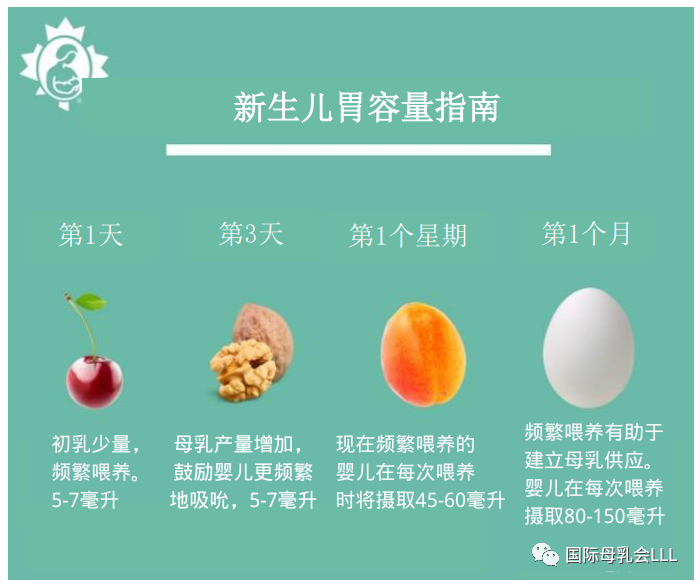
在产后初期少量频繁的喂养有助于您的婴儿过渡到母体外的生活。
到第3天,胃开始更容易地扩张。大约在同一时间,在第3天到第5天之间, 您的身体开始产生更多的乳汁。这是多么完美的匹配!
尿、粪便和体重增加
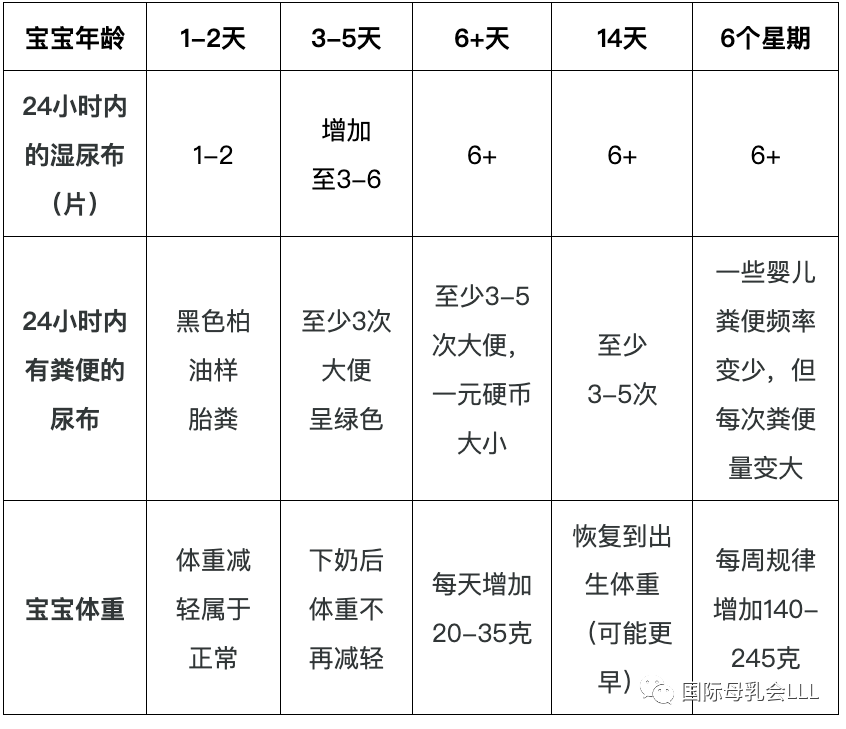
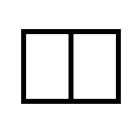
How to Know Your Baby is Getting Enough Milk
What to Expect
Wet Diapers:Your baby may have only one or two wet diapers per day during the first or second day after birth. This will increase over the next 2-3 days. After day 4 a baby should have at least four really wet diapers per day (more if you use cloth diapers). By day 6 your baby should have at least six heavy wet diapers per day.
Bowel Movements: Babies pass meconium, the greenish-black, tarry first stool, over the first day or two. By the third day, the colour changes to a greenish transitional stool. By the fifth day, babies begin having at least three bowel movements per day, each at least the size of a $2 coin (2.5 cm). The stools will typically be very loose and bright yellow in colour, often with a seedy appearance. After five weeks of age, babies may tend to have less frequent but larger bowel movements.
Baby’s Weight: When breastfeeding is going well, a baby loses between 5% to 7% of birth weight during the first three or four days. Babies born by cesarean birth usually lose more weight compared to babies born vaginally. Also, babies born by mothers who received IV fluids within the final two hours before birth lose more weight, on average, than babies of mothers who do not receive such fluids. A weight loss of 8% to 10% may be fine for some babies. However, it is recommended that mother and baby be seen by a healthcare provider to evaluate the breastfeeding.
Once your milk supply becomes more plentiful, usually on the third or fourth day, expect your baby to begin gaining weight. Babies should regain their birth weights by the time they are 10 to 14 days old. After that, most breastfed babies gain an average of five to eight ounces (200 grams) per week or one-and-a-half to two pounds (900 grams) a month for the first four months. The weight gains suggested here are averages; some babies who are feeding well will gain more, some less. If your baby is gaining less than the average, you can discuss ways to increase milk intake with a La Leche League (LLL) Leader or International Board Certified Lactation Consultant (IBCLC). Either can offer suggestions to improve the latch and/or increase your milk supply. Before considering supplementation, you may want to have your baby evaluated for a possible tongue tie. A tongue tie, or tight frenulum, can restrict the baby’s tongue movement and make it harder to get enough milk.
Frequent Feedings: Babies breastfeed frequently, often every one-and-a-half to three hours. Feeds are timed from the start of one feed to the start of the next. Typically babies have an average of eight to twelve feeds in 24 hours. Frequent breastfeeding in the early days helps to establish your milk supply. Baby may feed for a shorter time on the first side and longer on the second or the other way around. Even if your baby seems finished, it is important to offer both breasts at each feeding.
Babies have their own feeding patterns. Some feed at regular intervals. Others feed very irregularly. Some babies cluster feed. This means they nurse very often for a few hours and then sleep for several hours. A good milk supply is established by following your baby’s feeding cues, not scheduling feedings. Cues may include licking lips, restlessness, rooting (turning head towards breast) or mouthing hands. Crying is a late hunger cue.
Signs that Baby is Drinking
By day 3 or 4 your breasts are often full of milk. After several seconds of rapid sucking, your milk will start flowing. At this time you may be able to hear regular swallowing. However, many mothers don’t hear swallowing at all. Often parents can hear a “kah” sound, or a puff of air, when their baby breathes out after swallowing. You can also look at your baby’s chin for signs of drinking. A baby’s chin moves up and down when sucking. When your baby is drinking a mouthful of milk the chin will drop for a longer “pause” while swallowing. Often babies rest for a couple of seconds before continuing a pattern of “sucks – dropped jaw – pause. If your baby drinks a lot of milk, you will notice that your breast feels softer or less full. See Positioning and Latching.
Parents sometimes think they do not have enough milk for their babies, or they think that their babies are not getting enough milk. You can carefully watch your baby’s feeding patterns and behaviour to ensure your baby is feeding effectively and getting enough milk. It’s important to know the signs that your baby is getting plenty to drink. See Low Milk Production for more information.
By day 6:
Baby is gaining weight.
Baby has at least 6 wet diapers in 24 hours.
Baby has 3-5 stools in 24 hours.
Stools are at least the size of a $2 coin.
Baby is alert and active when not sleeping.
Breasts feel softer after a feeding.
Milk is leaking from one breast while your baby is feeding on the other.
Some common false alarms:
Breasts suddenly appear to be soft. This frequently happens once the initial feeling of fullness subsides. It does not mean you are producing insufficient milk; it simply means that your production has adjusted to your baby’s needs.
Breasts no longer leak between feedings. This is another sign that your milk supply is in tune with your baby’s needs. Some mothers continue to leak even after the early months; others seldom leak. Leaking is not related to how much milk you are producing.
Your baby seems fussy. Many babies have a fussy time every day that is not related to hunger. You will learn what works to comfort your baby. Some babies need lots of stimulation and activity. Others need soothing and gentleness. If your fussy baby settles down when you offer him the breast, it is a sign that he is comforted by nursing, rather than not getting enough to eat. Breastfeeding each time your baby cues helps meet the baby’s needs and maintains a good milk supply.
Your baby suddenly wants to nurse more often or seems hungry again soon after being fed. Babies go through several “growth spurts” during the first three months (at approximately 3 weeks, 6 weeks and 3 months of age). At these times they seem to want to nurse all the time for a few days. This is one way babies increase mothers’ milk supplies to meet their needs see Growth Spurts and Frequent Feeding Days.
The time your baby spends nursing suddenly decreases, perhaps down to five minutes or so at each breast. As babies get older, they can become very efficient at removing milk. This is a positive sign that breastfeeding is going well, as long as your baby is gaining weight in the expected range.
Occasionally, because of health problems or other complications, a baby does not show all the signs of appropriate weight gain. If you have concerns about your milk supply or how your baby is doing, seek out help. Parents often notice subtle changes that others may not. La Leche League Canada Leaders can provide you with the information, support and encouragement you need to meet your infant feeding goals. Find out more at www.LLLC.ca
If your baby is gaining slowly, have a doctor, midwife or nurse check your baby for health issues. They can observe baby feeding at breast and make suggestions. Or they may refer you to an IBCLC for a lactation consultation. Your baby may need to be weighed frequently to see if the suggestions help.
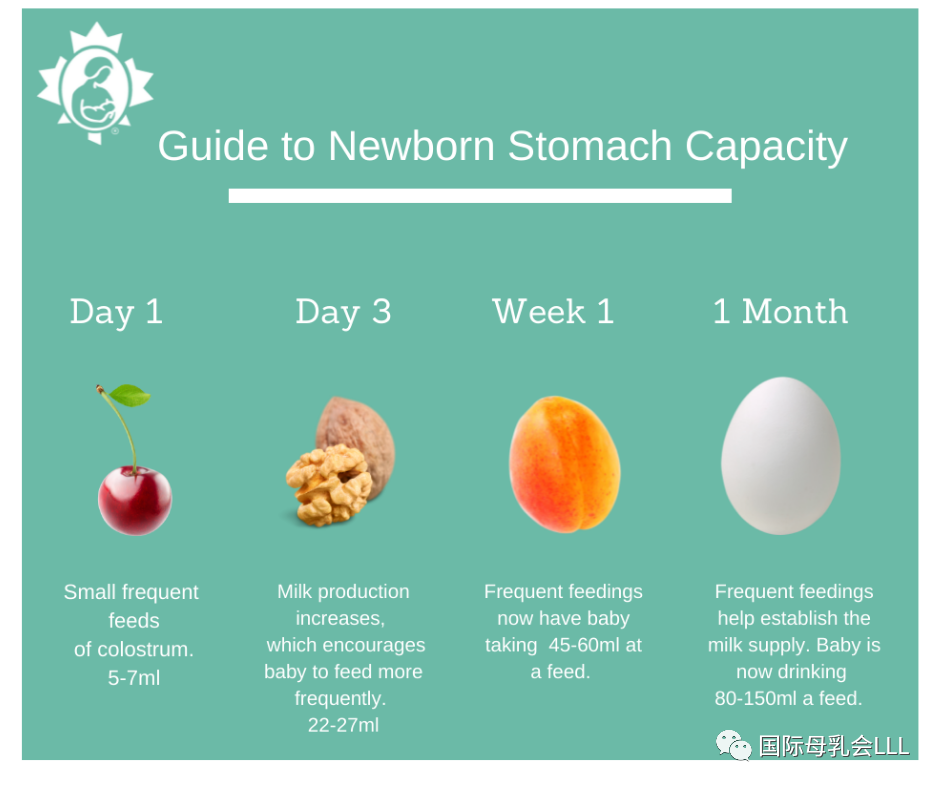
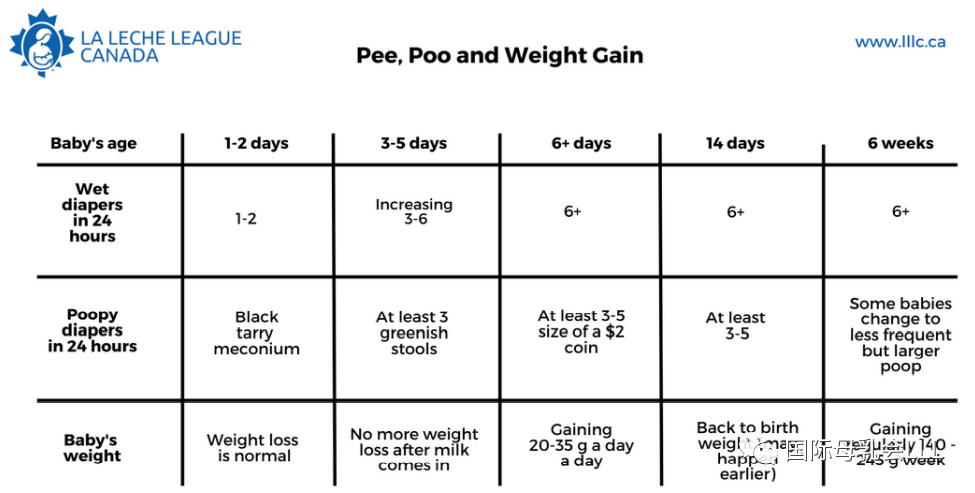
参考资源:
How to know your baby is getting enough milk (lllc.ca)

END
原文:加拿大母乳会
翻译:加拿大母乳会
审稿:Julia, Lynn, Nannan
编辑:沐凡
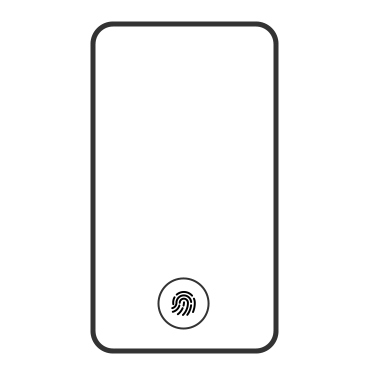
中国移动手机和宽带用户可访问:
muruhui.com 或muruhui.cn
获取更多资讯
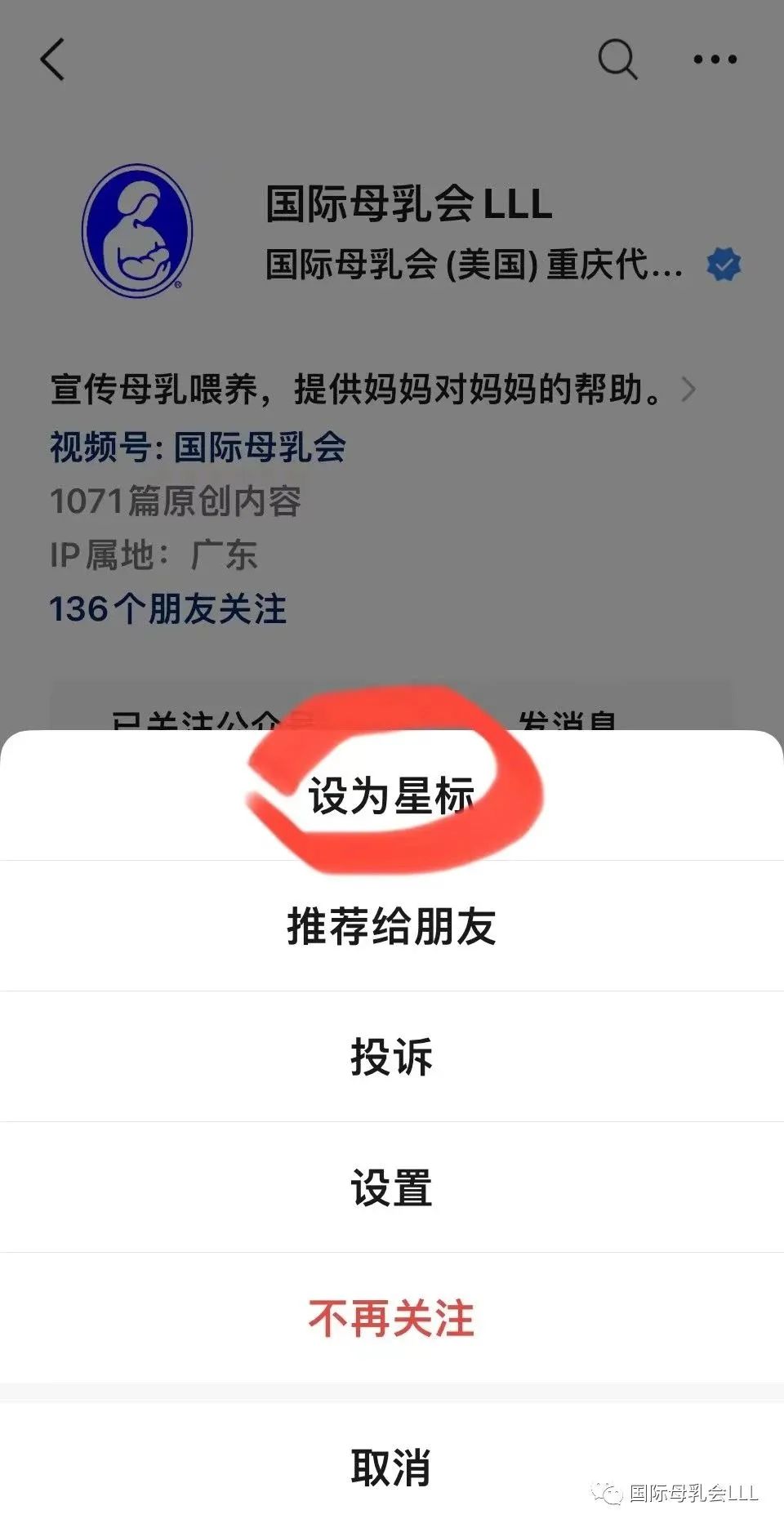


中国移动手机和宽带用户可访问:
muruhui.com 或muruhui.cn
获取更多资讯

本篇文章来源于微信公众号: 国际母乳会LLL
